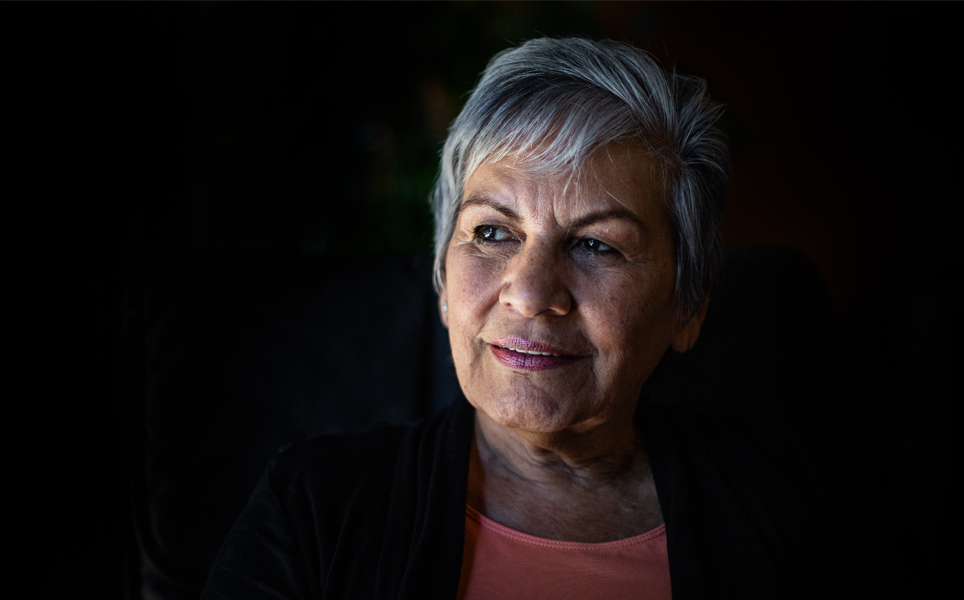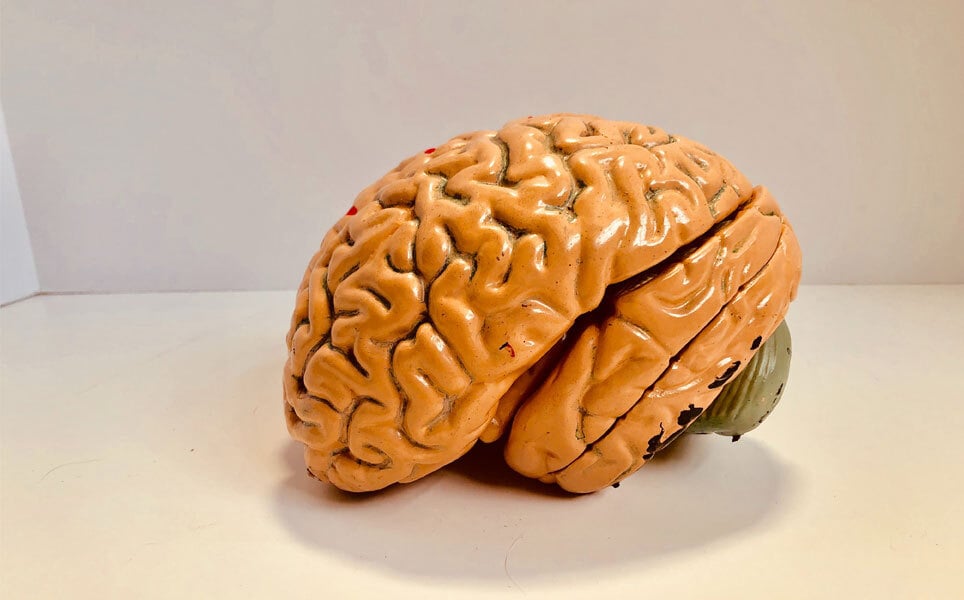
Scientifica’s best neuroscience research stories from March 2022
Below you will find our picks for the best neuroscience research stories published in March. These include an explanation for why women are more likely to suffer from Alzheimer’s disease, and the new discovery of early signs of Parkinson’s disease.
Why are women more susceptible to Alzheimer’s dDisease?
Previous studies have shown that women are twice as likely as men to develop Alzheimer’s disease, but the cause of this phenomenon has been unclear. However, a new study from the Chinese Academy of Sciences provides a clear answer to this puzzle.
The team established the theory that the C/EBPβ/AEP pathway is the core factor driving the pathogenesis of neurodegenerative diseases. Based on this theory, the scientists looked for female hormones that are dramatically changed during menopause and tested which hormone selectively activates the C/EBPβ/AEP pathway. The team identified follicle-stimulating hormone (FSH) as the major pathogenic factor.
Read more

Autism correlated with changing sensory preferences during early childhood
In a longitudinal study from the University of Southern California and the University of North Carolina, results have emerged showing that sensory issues in early infancy may be the first signs of a later autism diagnosis.
After measuring sensory patterns of a cohort of more than 1,500 children as they grew from infancy to school age, the researchers generated insights into the associations between those sensory shifts and various characteristics, including the eventual emergence of autistic symptoms or diagnosis. The data showed that sensory patterns of autistic children, or children with autistic traits, tended to grow stronger over time. This finding may have significant implications for therapeutic interventions.
Read more

New early signs of Parkinson’s uncovered
In the most diverse UK study to date from Queen Mary University of London, hearing loss and epilepsy were found to be early features of Parkinson’s disease. This conclusion is based on healthcare data from over a million people living in East London between 1990 and 2018.
Lead study author Dr Cristina Simonet, neurologist and PhD student at Queen Mary, said: “This is the first study focusing on the pre-diagnostic phase of Parkinson’s in such a diverse population with high socioeconomic deprivation but universal access to health care. People from minority ethnic groups and deprived areas have largely been under-represented in Parkinson’s research up till now, but to allow us to get a full picture of the condition we need to ensure research is inclusive and represents all those affected.”
Read more

Changes in the neural code unlock brain’s ‘inner learning’
Our brain is continually learning and adapting throughout our lives, and even the neurons supporting learned behaviours, such as our daily walk to work, are constantly changing. However, this adaptation in the brain does not cause any evident change in behaviour or task performance.
A new study published by Cambridge neuroscientists suggests that the brain stays stable despite changes in the neural code. This is
because neurons can
detect when some of their inputs change. In compensation for this change, they adjust the strength of influence that one neuron has on another, thus supporting a form of internal learning.
Read more

Brain network that makes mice mingle found
There are at least eight differences between a social butterfly and a lone wolf, according to a new study by a team of Duke University neuroscientists.
The researchers simultaneously investigated the electrical activity of several brain regions in mice, which gave an indication of how social or solitary an individual mouse is. By tweaking nodes within this social brain network, the team were able to induce mice to be more social.
The implications of this research may lead to better diagnostic tools to understand how the brain is altered with impaired social communication, such as those with autism spectrum disorder.
Read more

Take a look at our previous top neuroscience stories
Banner credit: Photo by Milad Fakurian on Unsplash

)